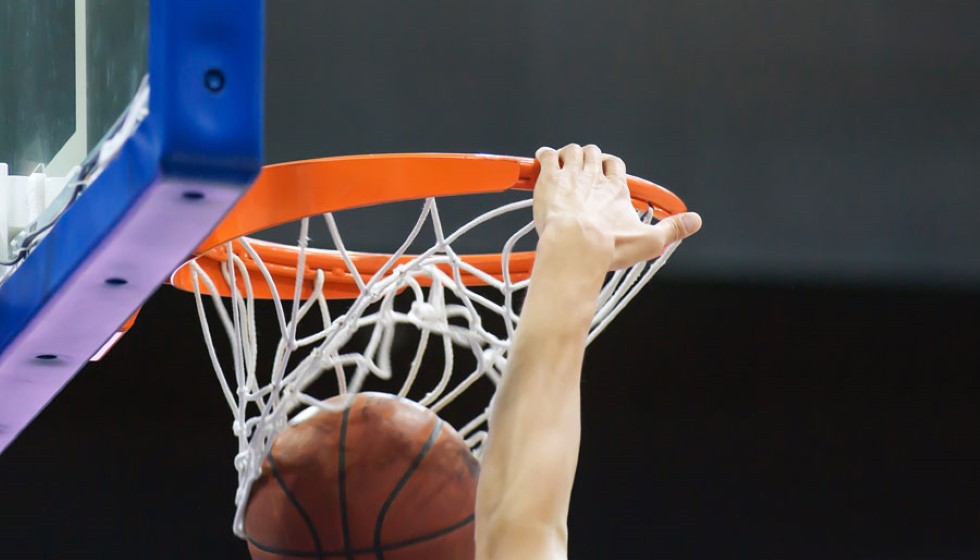
The New NBA Financial Landscape: Navigating the "Apron World"
The NBA's financial landscape is undergoing a seismic shift, catalyzed by the latest collective bargaining agreement (CBA). The ramifications of these new rules are already being felt across the league, even before full implementation. All 30 teams are navigating the new terrain, which Lakers general manager Rob Pelinka aptly describes as an "apron world."
A Harsh Reality for Teams
The "second apron" rule, in particular, is proving to be a significant disruptor. This regulation, which introduces substantial penalties for teams exceeding new financial thresholds, has already led to notable roster changes. Perhaps most strikingly, the rule essentially forced the Golden State Warriors to dismantle their roster, a profound example of its immediate impact.
Other teams are making similarly tough decisions. The Los Angeles Clippers, in a surprising move, chose to let Paul George walk rather than execute a trade that would have returned an equivalent salary. This decision underscores the new financial calculus teams must adopt under the CBA.
DeRozan's Market Challenge
DeMar DeRozan, an All-Star as recently as 2023 and a near-winner for Clutch Player of the Year last season, finds himself at a crossroads. Despite maintaining impressive statistics, he faces a daunting market. Chris Haynes reports, "For the teams that might be calling or gauging interest in DeMar taking a full mid-level exception, which is around $13 million, I am told that is not even being considered right now."
Adrian Wojnarowski further elaborates on DeRozan's predicament: "The kind of contract he might want just is not going to be available. It's not left out there on the marketplace. The Bulls are more than willing to work out a sign-and-trade agreement to get him the years and money that he might want, but with the new salary cap rules, those are much more difficult for teams to do."
Although DeRozan's offensive skills remain sharp, his defensive metrics tell a different story. Over the past five years, he has posted a negative Defensive Estimated Plus Minus in four of those seasons. Whether with the Chicago Bulls or the San Antonio Spurs, teams have often performed better defensively with DeRozan off the court.
Free Agency and Cap Space Dynamics
The evolving financial landscape has also reshaped the free agency market. Notably, no free agent moved between NBA teams for more than $27.3 million annually in the last offseason before the new CBA. However, players like Jalen Brunson and Collin Sexton managed to secure deals with starting salaries above $13 million, still navigating the constrained market effectively.
Currently, only the Utah Jazz and the Detroit Pistons possess more than $20 million in cap space. The Jazz face a crucial decision: either initiate a rebuild or use their cap space to renegotiate and extend Lauri Markkanen's contract. The Pistons, on the other hand, grapple with an oversupply of ball-handlers and a glaring lack of 3-point shooting, complicating their roster strategy moving forward.
Ownership Dissatisfaction and Trade Speculations
As the Sacramento Kings struggle to replicate their previous year's success, ownership dissatisfaction grows palpable. According to James Ham, "The Kings' ownership dissatisfaction has put the team in a position to be linked with several high-profile players." Names like Bradley Beal, Zach LaVine, Lauri Markkanen, and Brandon Ingram have surfaced in trade speculations, indicating a potential shake-up to revive the team's fortunes.
Heat's Financial Constraints
Similarly, the Miami Heat find themselves navigating financial restrictions. Currently $7 million above the first apron, the Heat are limited in acquiring a signed-and-traded player, which would hard cap the team at the first apron. This financial constraint places significant pressure on the team's ability to bolster their roster while maintaining competitiveness. Despite being 18th in the NBA in 3-point attempts per game, the team must find creative solutions within their financial limits to improve.
The NBA's new financial landscape, shaped by the latest CBA, presents multifaceted challenges and opportunities. Teams across the league must adapt their strategies, whether in roster construction, cap management, or trade negotiations, to thrive in this evolving environment. As these rules continue to take effect, the league will undoubtedly witness more strategic maneuvering, tough decisions, and potential surprises.